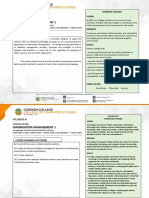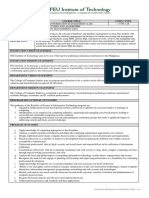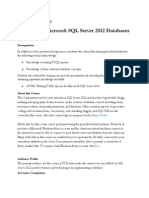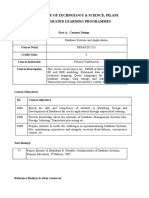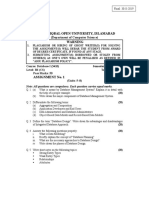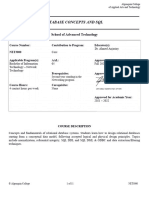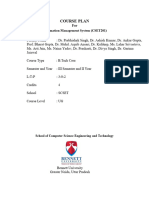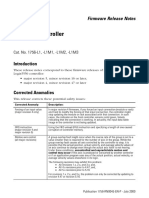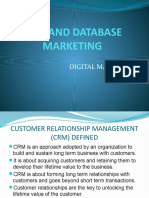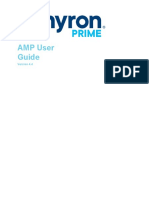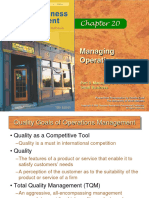0% found this document useful (0 votes)
25 views13 pagesTLP - PROG1198 - Client Server Web Solution-1
This document provides information about a course on client-server web solutions using databases. It outlines the course description, learning outcomes, resources, evaluation details and standard course plan with topics covered each week.
Uploaded by
unbeatable masterCopyright
© © All Rights Reserved
We take content rights seriously. If you suspect this is your content, claim it here.
Available Formats
Download as PDF, TXT or read online on Scribd
0% found this document useful (0 votes)
25 views13 pagesTLP - PROG1198 - Client Server Web Solution-1
This document provides information about a course on client-server web solutions using databases. It outlines the course description, learning outcomes, resources, evaluation details and standard course plan with topics covered each week.
Uploaded by
unbeatable masterCopyright
© © All Rights Reserved
We take content rights seriously. If you suspect this is your content, claim it here.
Available Formats
Download as PDF, TXT or read online on Scribd
/ 13




